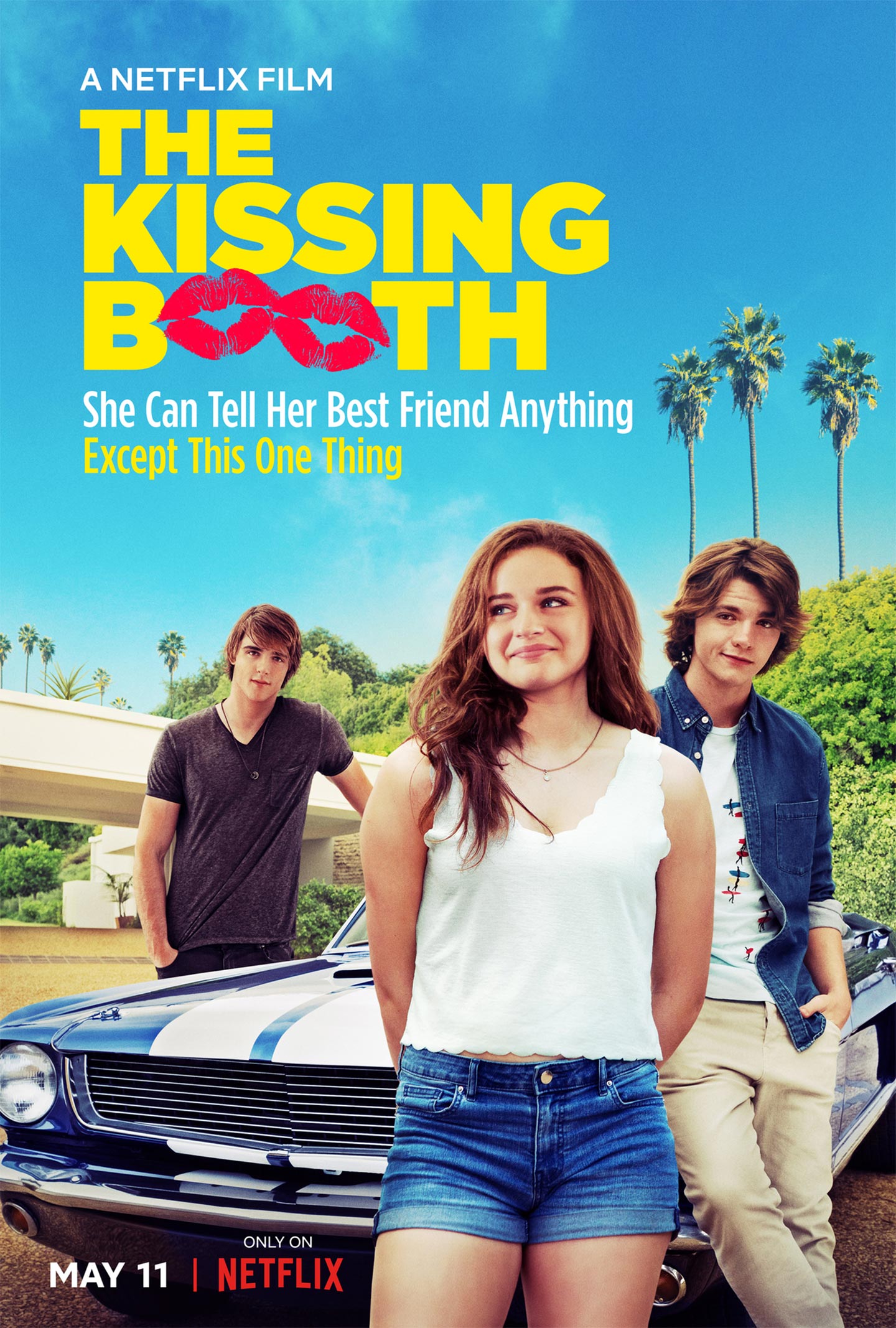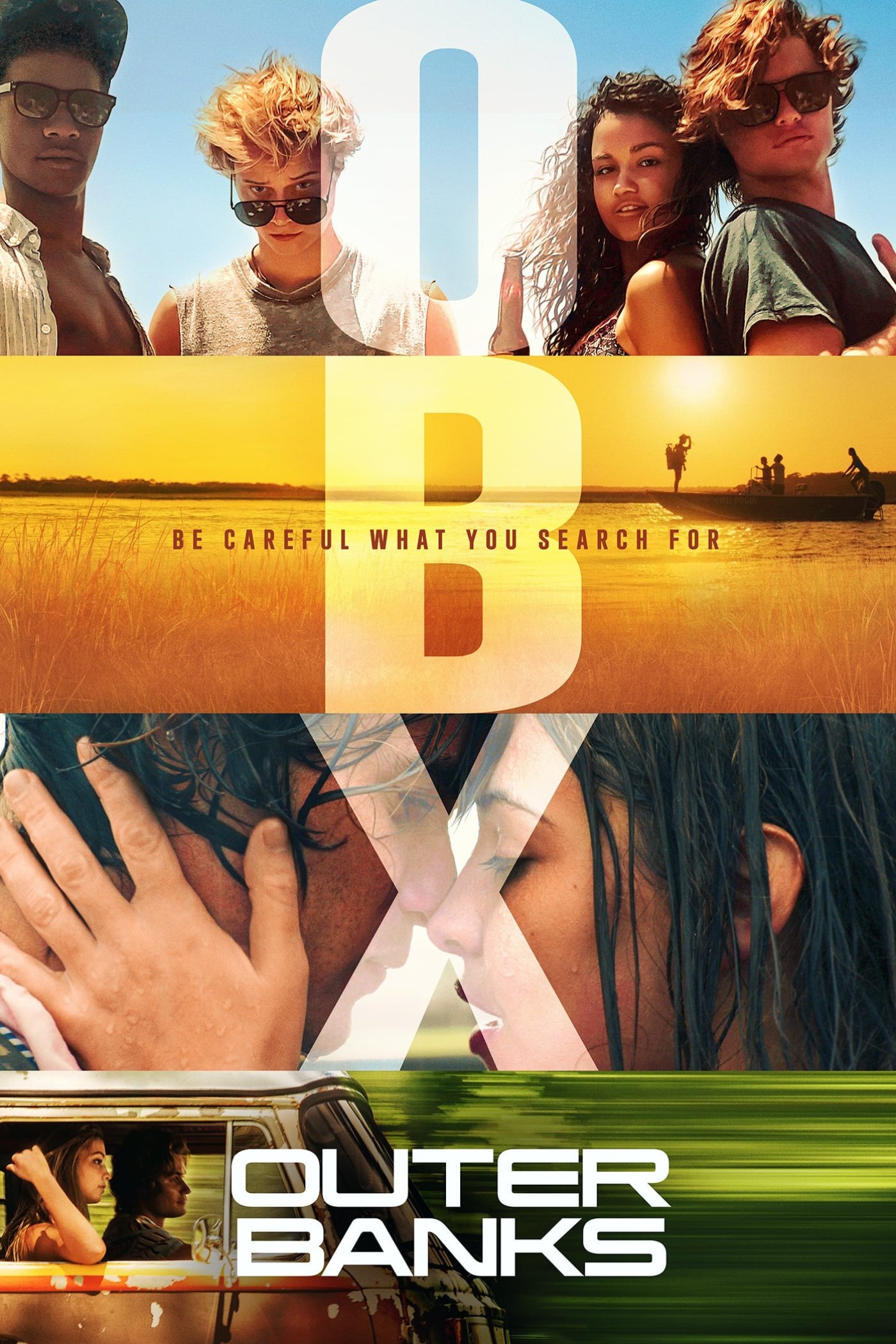It is time for part three of my passion blog, in which I showcase a different series or movie, providing a summary, analysis of key ideas or unique elements, and an overall recommendation.
Let’s jump right into this week’s pick… The Kissing Booth Trilogy.

This is the epitome of a cliché teen-romance film. Main protagonist Elle Evans is navigating high school with best friend Lee, when her crush on his older brother, Noah, sets the plot on an interesting path. The charity fundraiser they organize is a kissing booth, which leads to her kiss with her secret crush. Overall, this is a feel-good movie with relatable elements that have the audience feeling the second-hand embarrassment.
That is a surface level look at the film, but when you analyze it a little deeper you see the misogynistic elements riddled within the film. The two main male characters try to control Elle and her decisions throughout the film. Lee, Elle’s best friend, cares more for his own selfish reasons than Elle’s happiness as he tries to keep her and Noah apart. Additionally, Noah worked to ensure no guys could ask out Elle, even before he tried to date her. It is clear within not only the first movie, but the second and third as well.
Unfortunately, the second and third movies only continue in a downward spiral. The “kiss of death” to any film or series is predictability and repetitiveness. The Kissing Booth 2 has a common element of jealousy and control, as does the The Kissing Booth 3. Instead, it takes on new forms, such as Noah and Lee both wanting Elle to attend the school of their choice, not taking into account her own free will.
When a movie expands across a trilogy, the audience expects to see character growth and development. There are glimpses of such growth at moments throughout the film, but it is often followed by regression within a few short minutes. All of the growth and development was postponed until almost the end of the third film, but by that point it feels rushed.
One main lesson that can be taught from this trilogy is the idea that you cannot always please everyone around you, without it taking a toll on yourself. Sometimes you just need to take a step back and focus on your personal needs or find out what you want in life, which Elle eventually came to realize.
Overall, this film trilogy is not so unique or interesting that it will make any great impression on the audience. Though there is a lesson to be learned, it does not come without all the negative elements of the film as well.
http://https://www.youtube.com/watch?v=7bfS6seiLhk



